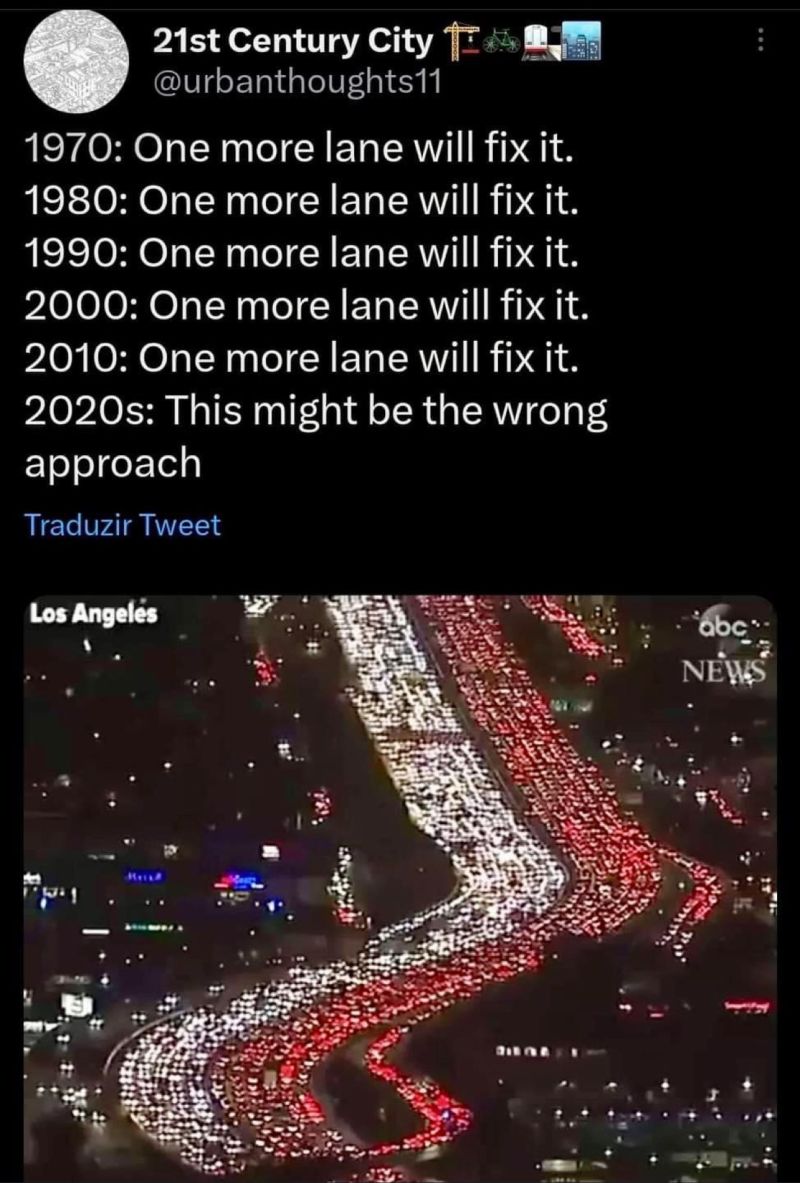this post was submitted on 09 May 2024
1225 points (97.4% liked)
Memes
44087 readers
1393 users here now
Rules:
- Be civil and nice.
- Try not to excessively repost, as a rule of thumb, wait at least 2 months to do it if you have to.
founded 5 years ago
MODERATORS
you are viewing a single comment's thread
view the rest of the comments
view the rest of the comments

I once heard of an experiment in economics that offers insight into this.
Say you have 100 people. You give each of them one of two choices:
A : you get $40 unconditionally B: you get $70 - n, where n is the number of people who choose B
You end up getting, on average across experiments, n = 30.
If you move the numbers around (i.e, the $40 and the $70), you keep getting, on average, a number of people choosing B so that B pays out the same as A.
I think the interpretation is that people can be categorized by the amount of risk they’re willing to take. If you make B less risky, you’ll get a new category of people. If you make it more risky, you’ll lose categories.
Applied to traffic, opening up a new lane brings in new categories of people who are willing to risk the traffic.
Or something. Sorry I don’t remember it better and am too lazy to look it up. Pretty pretty cool though.
I heard a city planner talk about why adding a new lane doesn't help, and the term they use is "induced demand."
Basically, people are going to take the route that they consider the most convenient, and that usually comes down to time and effort. Traffic hurts both by taking more time and being more stressful to deal with. When you add a new lane to a road, people think that the traffic will be easier there, so they take that route instead of their normal one. So you're just adding more cars to the traffic that match or exceed the throughput of your new lane, basically putting you back at square one but a few billion dollars more poor.
You've essentially added a single lane one-way road to help ease traffic across the entire city.
so for these people the new lane will create marginal improvement, right?
That's the thing: Technically yes. It temporarily improves traffic. But only temporarily. IDK about you but spending billions of dollars to only temporarily improve traffic and then it ending up the same or even worse than before doesn't sound like a good investment to me.
but is it?
I thought the temporal improvement would be for everyone who already used the high way (because they will get to their destination a little bit faster). And for the few extra people, who start to use the highway but didn't use it before, the improvment will stay.
That's the thing, the number of new cars using that road ends up being at least one additional lane's worth. So traffic moves at the same speed as it was before the extra lane, just now with one more lane's worth of cars on that road.
If anything, you might see marginally better traffic on other roads because of the cars that started using the new lane, but you'd be talking about a handful of cars per road. Probably not enough for any discernible change in travel time or congestion, and each new lane you add later will have diminishing returns because it will be a smaller fraction of the total number of lanes coming from any specific direction.